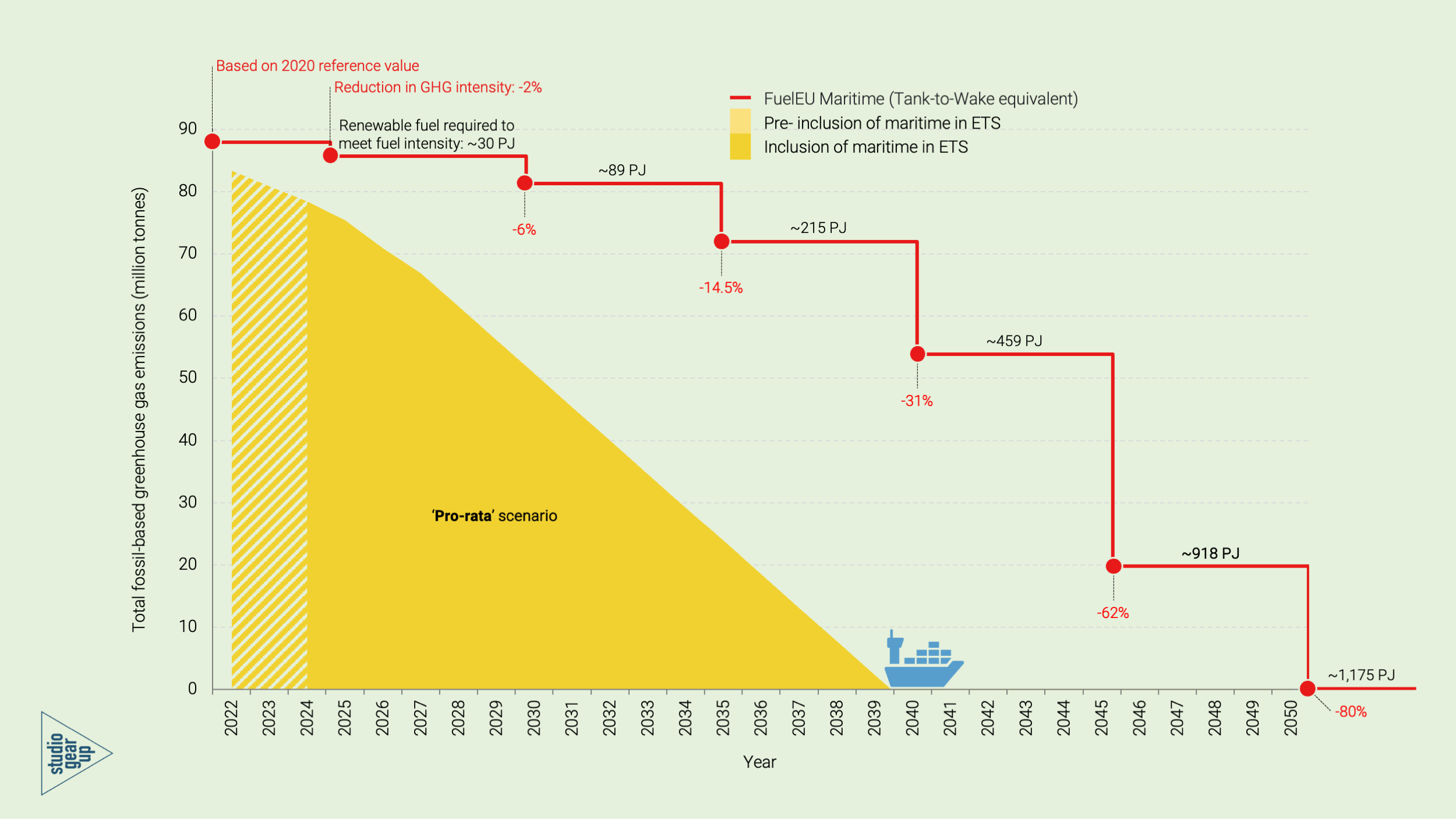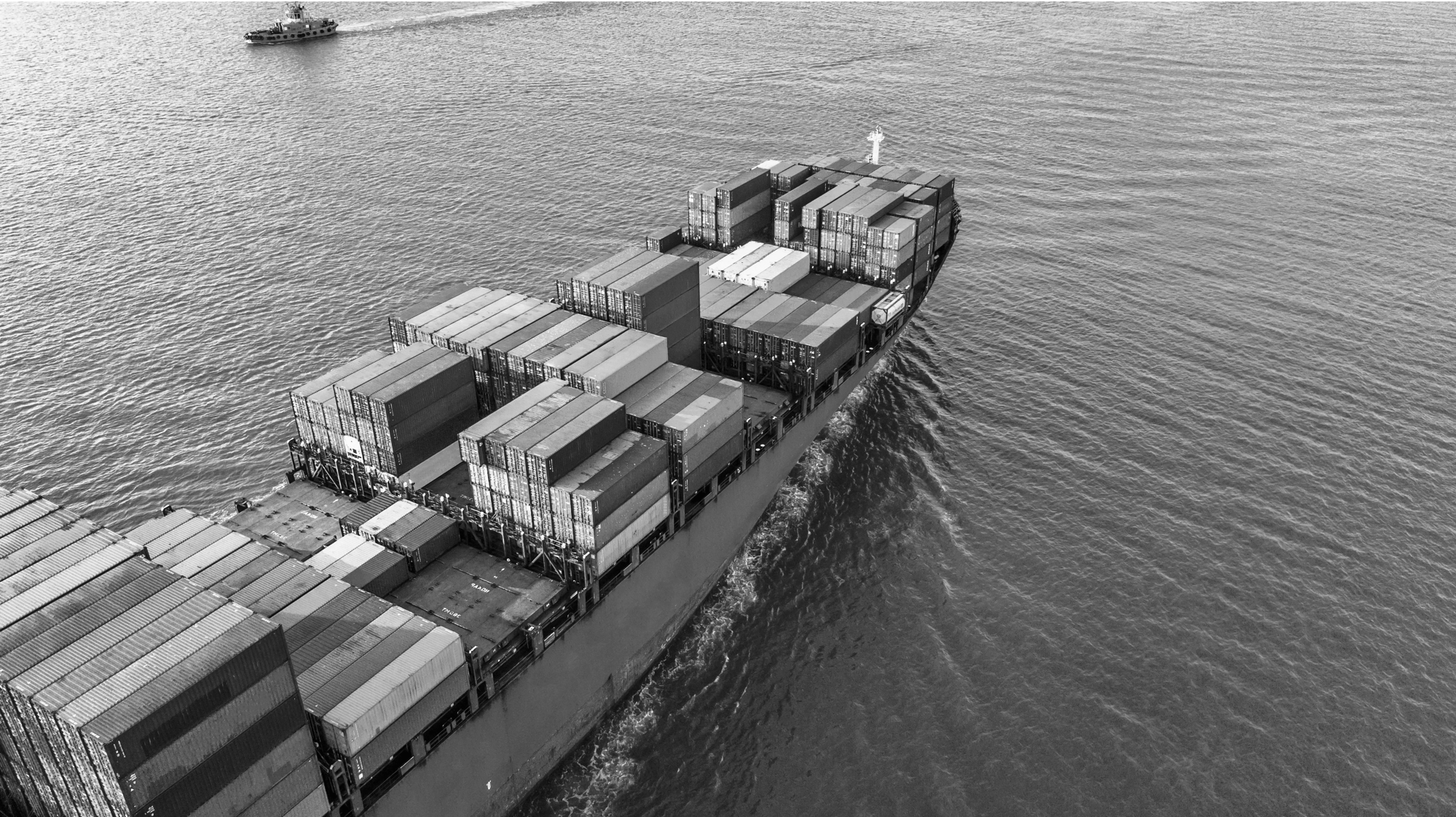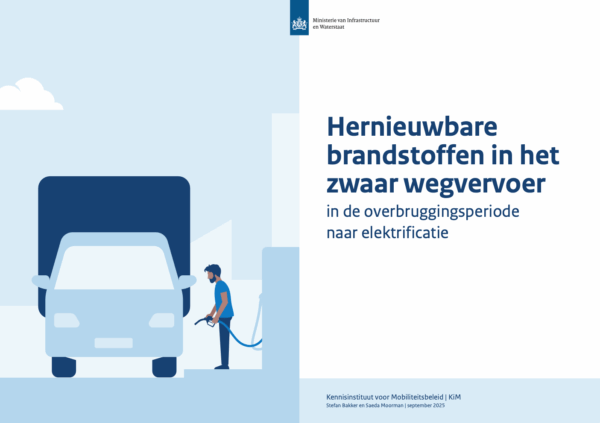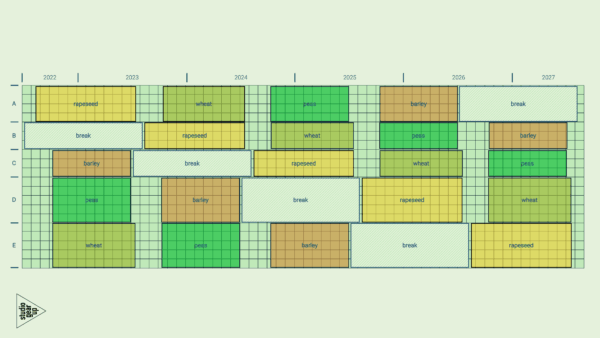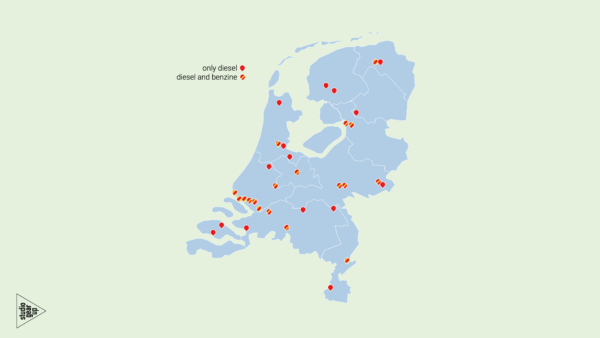The maritime sector faces a fast-changing policy landscape. With the maritime sector now included in the scope of the EU emissions trading system and FuelEU Maritime fully applied from this year, fast action will be required by those across the industry to reduce emissions in shipping. This requires investment in renewable alternatives to reduce reliance on fossil fuels.
The current EU ETS reduction pathway means no more new allowances after 2039
In 2024, the European Commission introduced the maritime sector into the scope of the EU Emissions Trading System (EU ETS). The EU ETS is a cap-and-trade system which applies to heavy industry, power generation, and the maritime sector. For these sectors, a cap is set on the quantity of allowances that are sold at auction each year, which represent the right to emit one tonne of emissions.
The declining emissions ceiling, established by the European Commission, is based on an annual linear reduction factor. Based on the established emission reduction pathway, no new allowances will be made available after 2039. However, it is worth noting that there could be future reforms to the linear reduction factor, in the next phases of EU ETS.
In our modelling of EU ETS, we display a ‘pro-rata’ emissions reduction scenario, which explores a scenario in which there is an equal and proportional decline in emissions relative to the share of emissions in the sectors included in EU ETS. (Intra-EU aviation is also included in EU ETS, but aviation allowances are issued separately, hence not included in this graph) See Figure 1. In Figure 2, we show the emission reduction pathway specifically for the maritime sector in the “pro-rata” scenario, which is displayed at the national-level based on historic levels of maritime activity per country.
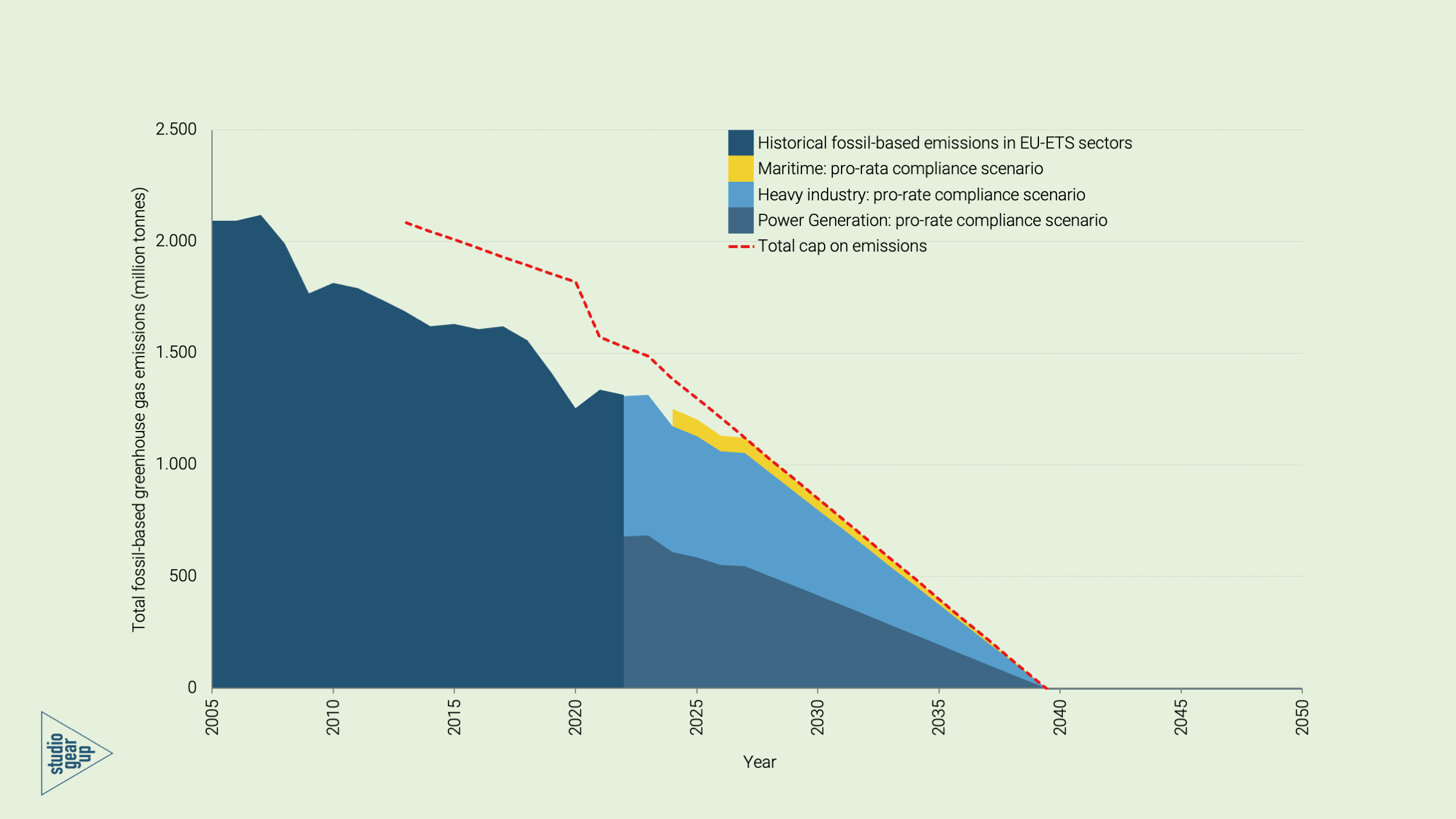
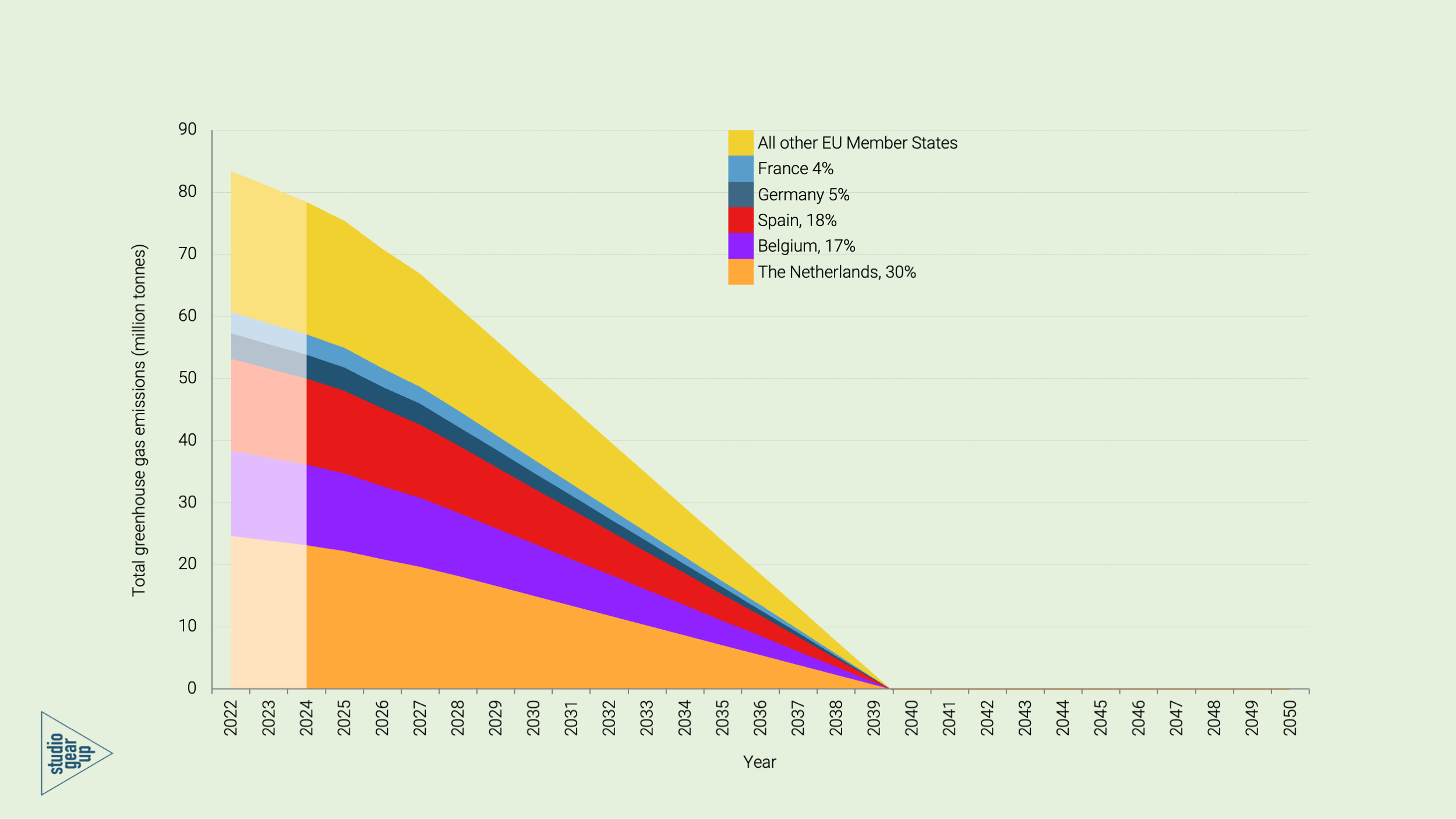
The cost of delayed action are an opportunity to invest in renewables
The quantity of allowances that must be purchased by the maritime sector will depend on the actual volume of emissions produced by the sector in coming years. There are various emission reduction pathways that could be realised. Ultimately, this will depend on emission reduction initiatives taken by the maritime sector. As well as the rate of emission reduction achieved by heavy industry and power generation (which will affect the total quantity and price of allowances available at auctions).
Next to the pro rata scenario, as shown in Figure 1, two other (more extreme) scenarios have been explored. In the ‘delayed action’ scenario the maritime sector waits until 2039 before reducing its emissions. In 2039, no more allowances are available to purchase at auction, meaning the maritime sector must suddenly reduce emissions to zero. In the ‘banked allowance’ scenario, it is assumed that ship owners purchase enough allowances in advance to sustain the current level of emitting until 2050.
Delayed action to reduce emissions will come at a cost to the maritime sector, as ship owners must purchase allowances. As demonstrated in the graph below, the total cost of purchasing allowances across the full duration of the “delayed action” scenario for the maritime sector would be in the region of €110 billion. This cost would be as high as €200 billion in the “banked allowances” scenario. In both cases, this cost is substantially higher than the cost for allowances, in the “pro-rata” scenario, which would be approximately €60 billion. (In these scenarios we have assumed an average EUA price of €100/tonne throughout this period).
While this highlights the cost of delayed action in the context of reducing emissions under EU ETS, it also displays an opportunity to save costs required for allowances by investing in renewable alternatives.
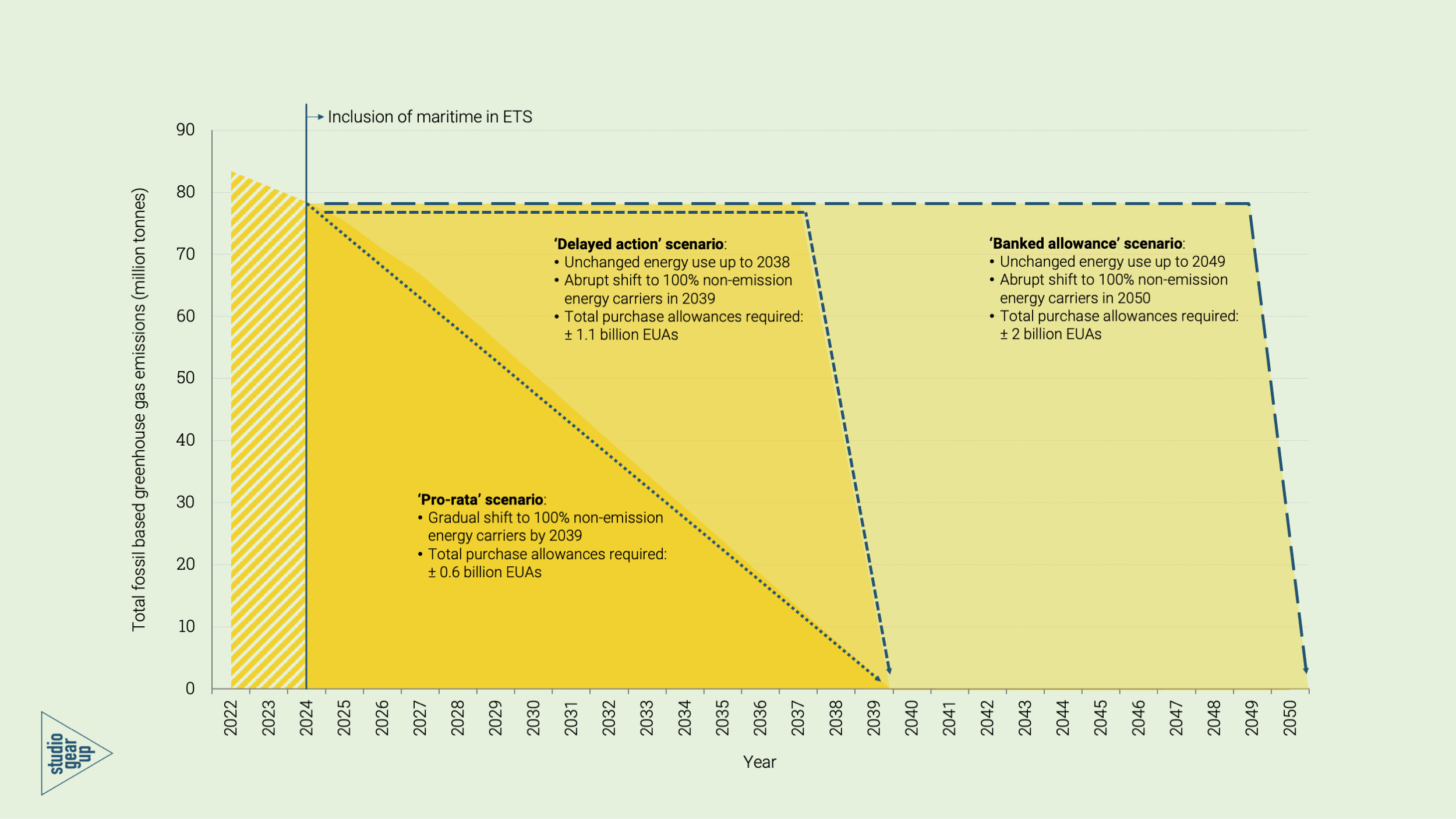
FuelEU Maritime establishes an “upper limit” on fossil fuels in the mix
As of 2025, ship owners will also be obligated to comply with FuelEU Maritime. This regulation will require an increased share of sustainable fuels in maritime, through setting a limit on the annual average GHG emission intensity of energy used onboard ships. The GHG intensity limit will be applied as a percentage reduction in 5-year intervals, based on a 2020 reference value established by the European Commission.
The GHG intensity calculation is applied on a Well-to-Wake basis to ensure a full “life-cycle approach. This will ensure that upstream impact of the fuel is addressed, for example, those emissions associated with the extraction and production of the fuel. In contrast, emissions reported by shipowners from fuel usage under EU ETS are established on a Tank-to-Wake basis, which solely concern emissions arising from direct combustion of fuel.
FuelEU maritime will establish an “maximum limit” on the quantity of fossil fuels that can be used in ships. This will prevent the maritime sector from following the “delayed action” or “banked allowances” scenarios shown above. This regulation, which applies specifically to the maritime sector, will consequently ensure that adequate action is taken to increase the volume of renewable fuels used in shipping.
